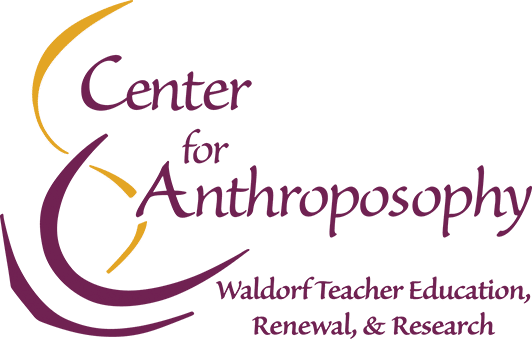At 8:15am on a frosty winter morning, small groups of children are carrying buckets of water and cutting baling twine loose from hay bales as they move around the farm animals at their school. Some third graders are bravely reaching under nesting hens to gather the warm eggs while their classmates scatter corn around the chicken run. One third grader walks over to greet and feed the shy rabbit. The fourth graders confidently tend to the goats and donkeys, giving them fresh water, grain, and sweet smelling flakes of hay. A couple of fifth graders fill the grain buckets for the hungry sheep who jostle each other as they nibble up their breakfast, their breath rising in clouds of steam around them. A few lanky sixth graders are with the beautiful Jersey cows, giving them grain and hay to eat and deftly moving around them to gather forkfuls of manure for the waiting wagon. Within twenty minutes, all of the animals are happily fed and the students are in their classrooms ready to begin their lessons.
But wait. Hasn’t some learning already taken place? From one perspective, it may seem that the children tending the animals go through the morning chores by rote, knowing what needs to be done and getting down to business. And that is true. What is also true is that each of them is having a human-to-animal encounter. The basis for these encounters is to be of service to members of the animal kingdom who live close to us, yet not as close as the pets the children might have at their homes, nor as far as the wilder animals.
What is the learning taking place here? How do the children feel while carrying cold buckets of water, gathering warm eggs, mucking out the barns? Is there an opportunity here for children’s hearts to open towards their fellow creatures while working alongside their classmates?
Later in the morning, it may be that a student meets the farmer at the goat barn and is shown how to groom a goat with a brush. The goat stands quietly chewing its cud, its eyes half-closed as its dark brown hide is brushed. The student stands in close proximity, feeling the warmth from the goat’s body. The farmer working nearby observes the change in the student’s breathing and the softening of their posture.
Here is another kind of encounter. This one has directed intentions for the individual student. The aim may be to regulate the anxiety that can build up in some students within the classroom environment. It may be to cultivate social capacities in a safe, nonjudgmental relationship. It may be to foster the ability to slow down and practice patience so the goat isn’t startled.
Many children today are carrying heavy life burdens and yet they have chosen to be part of this world at this time. In their encounters with animals, children can experience the loving warmth of the animals, their companionship, their openness and acceptance, their unconditional love, and feel the need to take care of them. This is the sacrifice of the animals, that we need to care for them and by doing so, grow the capacities we need to engage with life at this time.
Is there a place for animal-assisted therapy in schools and communities? Yes!
The Kairos Institute, founded by Karine Munk Finser and part of the Center for Anthroposophy, aims to bring healing in a world of need. A new course on anthroposophically- oriented animal-assisted therapy will begin in July 2025.
To inquire further or to register your interest, please visit
Kairos Institute
Or contact Brian Jacques at brianj@centerforanthroposophy.org
